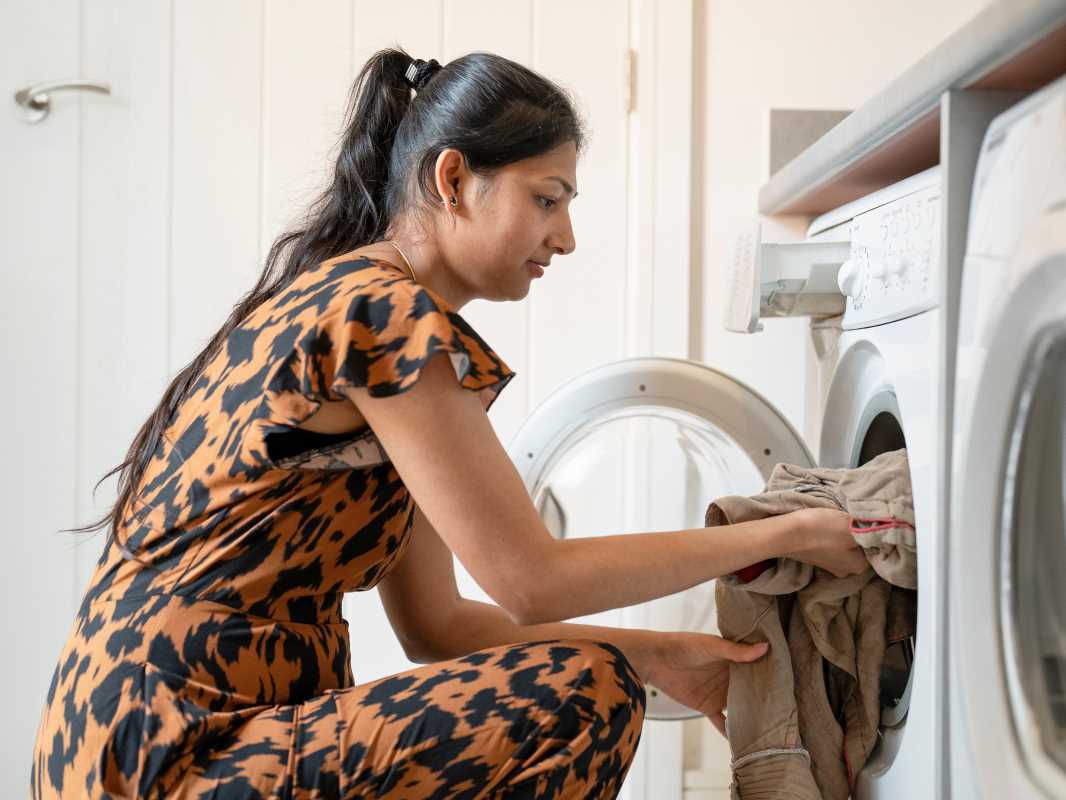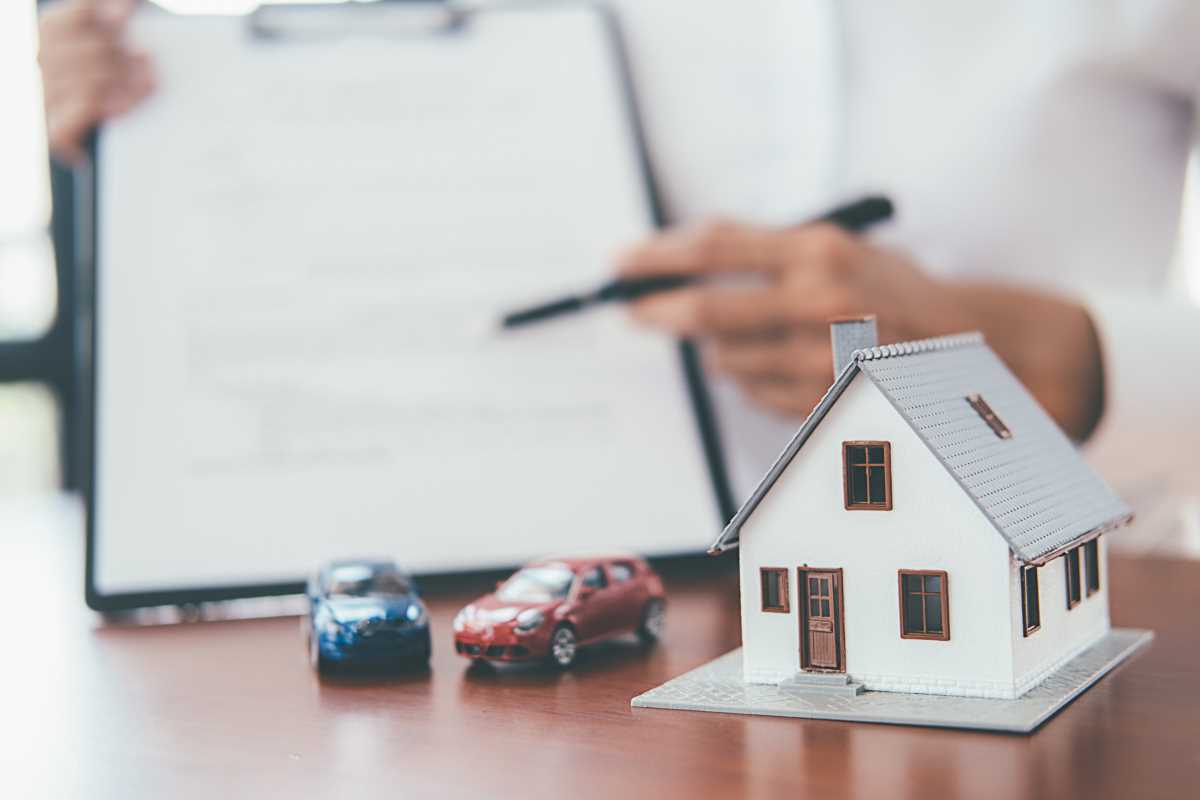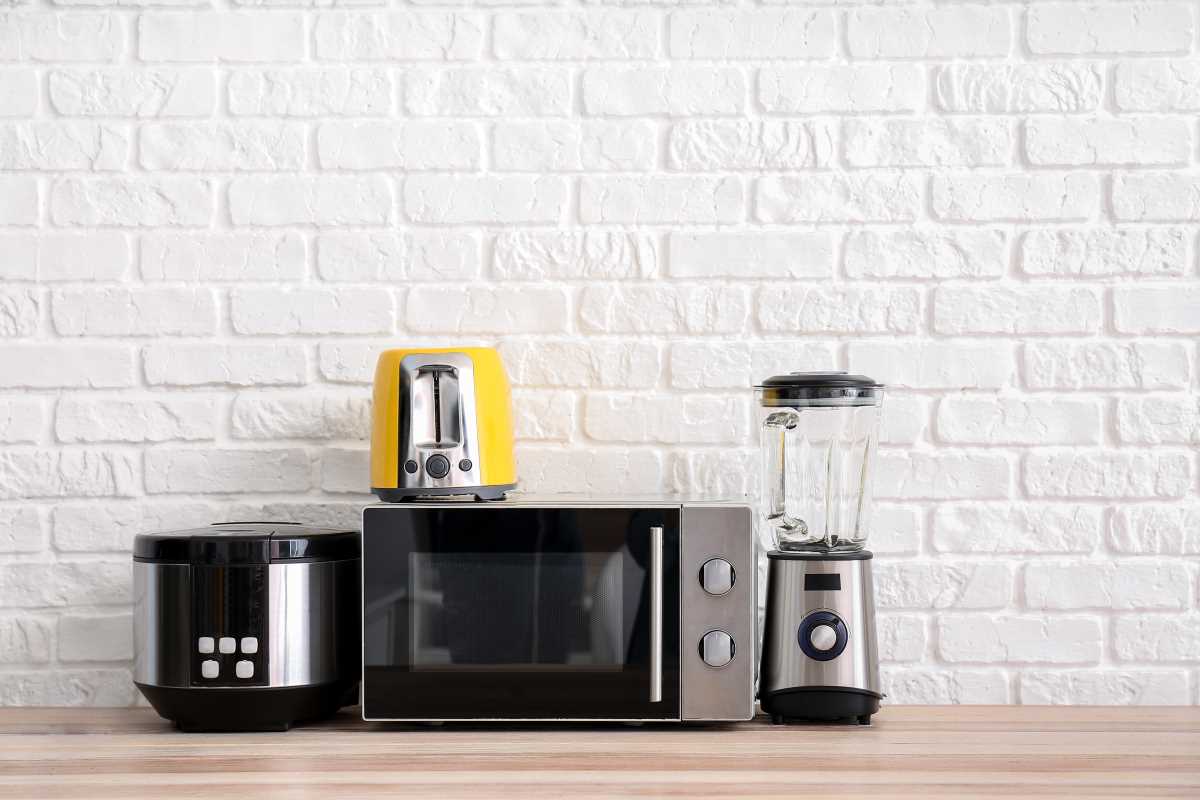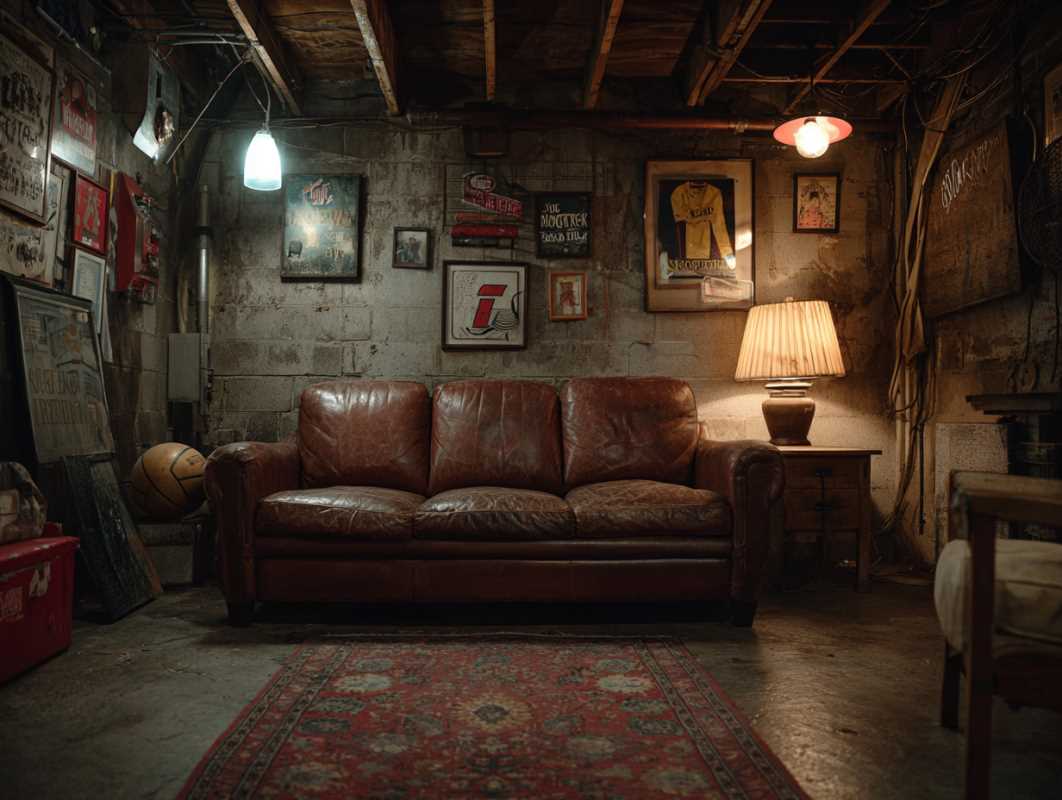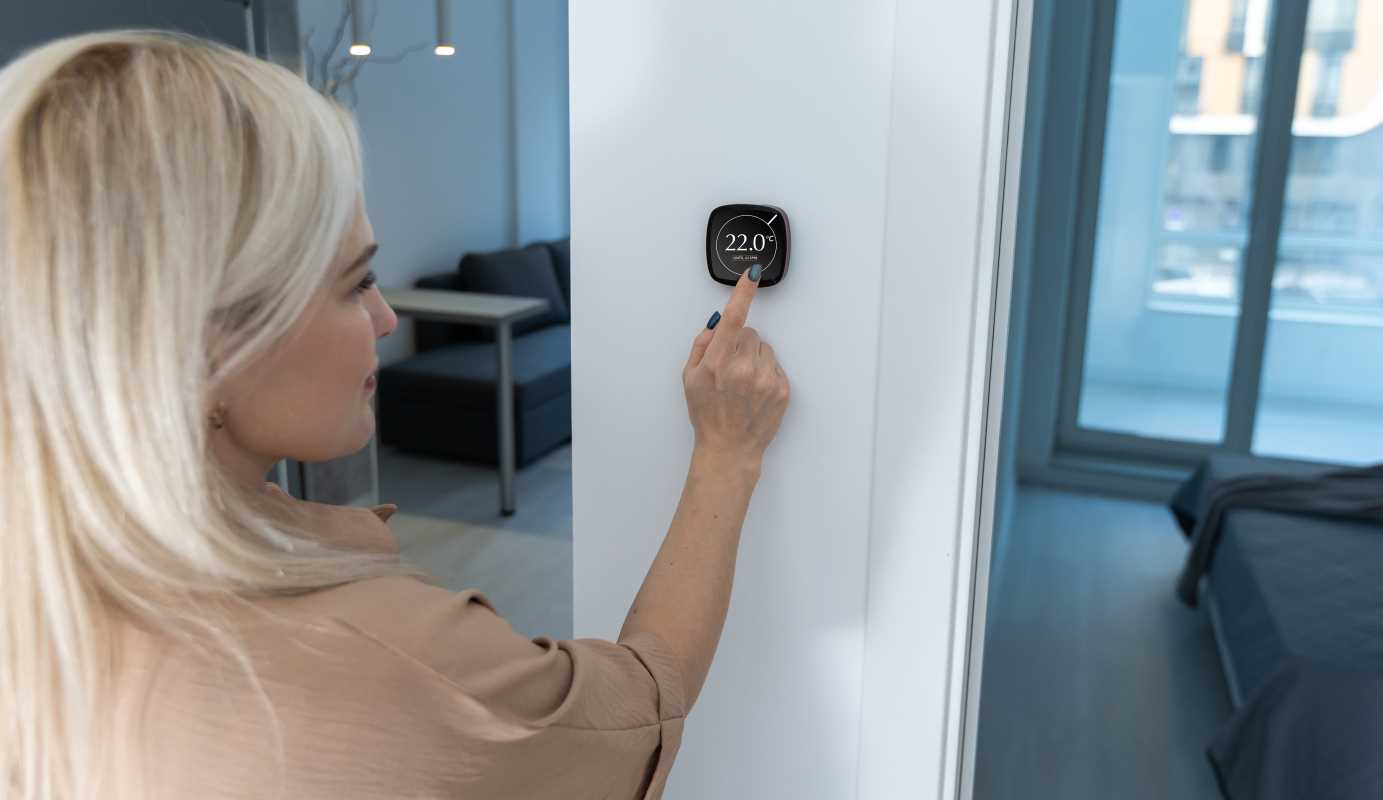Dealing with low water pressure can be both annoying and concerning, especially when you're focused on saving water and avoiding unexpected costs. To tackle this issue effectively, it's essential to get to the root of the problem and try a few straightforward troubleshooting steps before jumping to major repairs or investing in new equipment. This guide sheds light on the usual suspects, offers simple checks, and suggests easy fixes you can try on your own. These steps might help you resolve the issue without needing to call a plumber for professional assistance.
When water pressure dips, it can affect your daily routines. Before jumping to conclusions, evaluate the situation step by step. Sometimes the issue lies in something simple that you can remedy using basic tools and a little persistence.
Common Causes of Low Water Pressure
Multiple factors can lead to a drop in water pressure. Knowing these can help you pinpoint the source of the issue more quickly. When the problem appears, check whether it affects your entire home or just one fixture.
Below are some common causes of low water pressure that you might encounter:
- Clogged Aerators: Mineral deposits or debris can block the tiny holes in a faucet aerator, reducing the flow of water.
- Leaky Pipes: Small leaks in your pipes divert water away and naturally reduce pressure at the faucet.
- Faulty Pressure Regulator: If the device that controls water pressure malfunctions, you may feel a sudden drop or erratic changes in pressure.
- Obstructed Pipes: Over time, sediment build-up inside pipes restricts water flow.
- Plumbing System Age: Older homes sometimes suffer from outdated plumbing that cannot handle modern water usage needs efficiently.
Identifying the root cause makes it possible to decide whether you can solve the problem on your own or if further assistance becomes necessary. A methodical check minimizes guesswork and helps you handle repairs confidently.
Tracking when low water pressure issues start and how often they occur can also point to external problems, such as issues with the municipal supply or changes in local water source quality.
Quick Checks You Can Do Yourself
Before you invest in any major repairs, carry out these simple checks to see if you recognize any patterns or obvious problems. Taking basic steps can often reveal whether the problem affects the whole house or only specific areas.
Follow this list of diagnostic steps in order:
- Check the main water valve. Make sure it is fully open and allows maximum water flow.
- Inspect faucet aerators. Remove and clean them with vinegar to dissolve mineral deposits.
- Examine shower heads and fixtures. Look for signs of buildup or blockages that may cause a slow drip.
- Review water meter readings. Compare them with expected usage to identify if a leak causes the pressure drop.
- Test different fixtures. If only one outlet shows low pressure, the problem might be localized.
By going through these steps systematically, you can narrow down the problem without needing advanced tools or expertise. These tactics are designed to guide you through a clear and concise process to assess the situation quickly.
These tests can also help you decide whether the issue comes from your home's internal setup or if an outside problem might be affecting your water supply.
How to Fix Minor Issues
Once you better understand what might cause the low water pressure, you can try some basic fixes. Many issues like clogged aerators or minor blockages in the pipes can be resolved with a bit of cleaning and maintenance.
Start by cleaning the aerators and shower heads. Soak these parts in a solution of vinegar and water to dissolve mineral deposits. Carefully brush out any stubborn debris to restore water flow. For leaky pipes or loose connections, secure or tighten the fittings as needed.
Another effective method is to flush your pipes. Open all faucets on a given floor and run the water for a few minutes to clear out any sediment build-up that may have accumulated. This simple step sometimes clears blockages limiting water flow.
If the pressure regulator seems faulty, replacing it might be an option. Always follow the manufacturer’s instructions or look up a quick guide online to see if the replacement process feels manageable. If you feel unsure at any step, consider stopping and reaching out for help. These fixes are meant for minor issues and only when you feel comfortable doing so.
When to Call a Plumber
Sometimes, despite your efforts, the problem persists. You should seek professional help when certain signs appear. A professional can diagnose and fix issues more thoroughly, especially when they require specialized tools or skills.
Watch out for these signs indicating it might be time to get professional assistance:
- Persistent low water pressure after cleaning fixtures and checking for obstruction.
- Unusual noises from pipes such as rattling or banging, which may indicate a deeper problem.
- Visible signs of water damage around sinks, ceilings, or walls, pointing to potential leaks.
- Multiple fixtures experience the problem at the same time, suggesting a more complex issue with the plumbing system.
If you have gone through the quick checks and tried basic fixes without success, consulting a professional can be very helpful. Continuing to troubleshoot minor issues on your own without improvement might cause further problems, so now is a good time to get expert help.
Many homeowners find that the peace of mind that comes with professional service justifies the cost when the root of the problem is not immediately clear or remains unresolved after initial attempts.
More Help for Persistent Problems
If low water pressure persists despite your efforts, consider a detailed inspection of your plumbing system. Document symptoms and fixes you’ve tried—this streamlines conversations with professionals and can save on repair costs.
Following these steps helps you confidently identify issues and clearly communicate with experts when you need assistance.
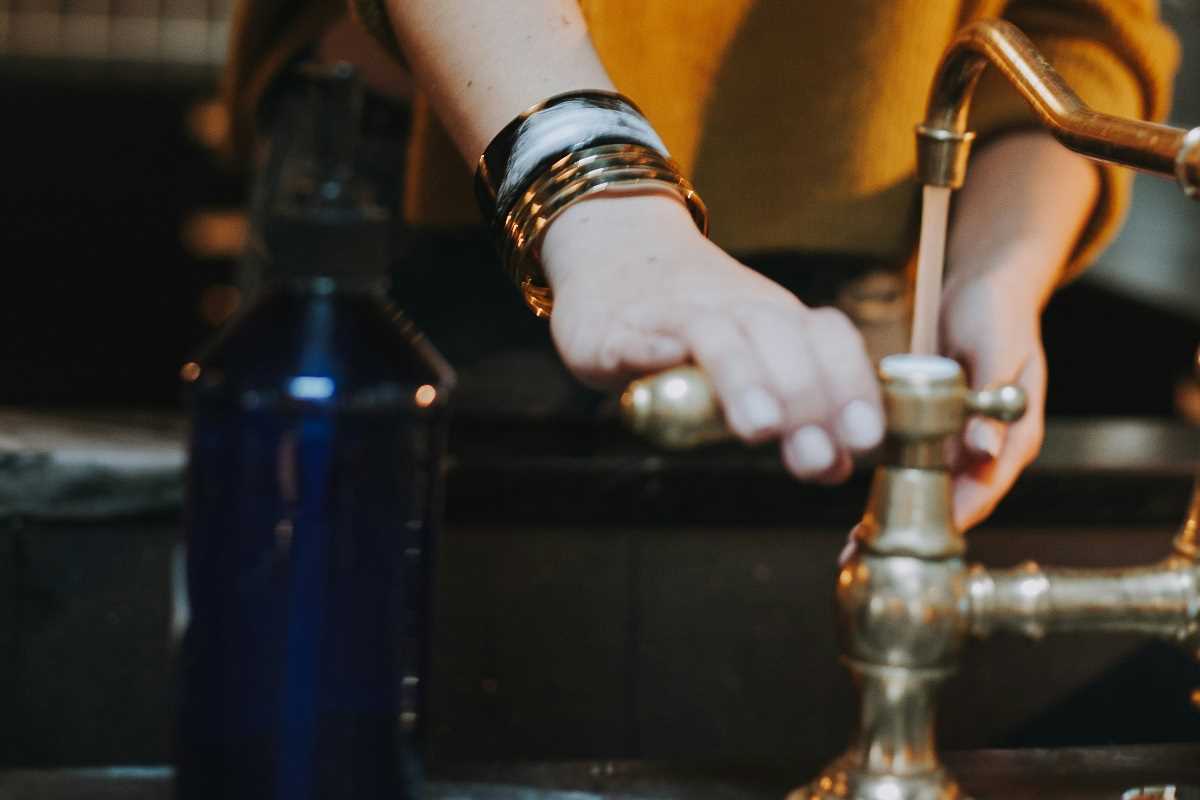 (Image via
(Image via